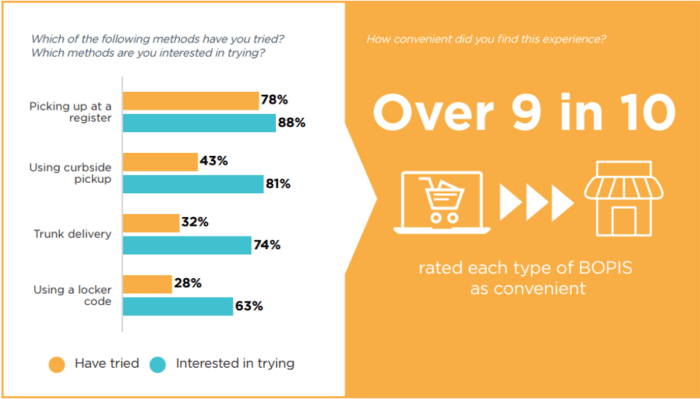Online shopping has revolutionized the way we shop, offering unparalleled convenience and transforming consumer behaviors and trends. In today’s fast-paced digital age, e-commerce has become a dominant force, reshaping the retail landscape and influencing how people buy products and services. This article explores the power of online shopping, delving into the convenience it provides and the emerging consumer trends that have emerged as a result.

The Convenience of Online Shopping
-
24/7 Accessibility: Unlike brick-and-mortar stores with limited operating hours, online shops are accessible 24/7. Consumers can browse and make purchases at any time, accommodating busy schedules and global time differences.
-
Wide Product Selection: Online shopping offers an extensive range of products and services that surpass what physical stores can carry. Consumers can easily find niche items, compare different brands, and access a global marketplace from the comfort of their homes.
-
Convenient Payment Options: E-commerce platforms provide multiple payment options, including credit cards, digital wallets, and mobile payments. This flexibility allows consumers to choose their preferred payment method, adding to the overall convenience of online shopping.
-
Effortless Price Comparison: Online shopping enables consumers to compare prices across various websites instantly. Price comparison tools and browser extensions help shoppers find the best deals and discounts, empowering them to make informed purchasing decisions.
-
Doorstep Delivery: The convenience of doorstep delivery is a major draw for online shoppers. From groceries to electronics, products are delivered right to the consumer’s doorstep, saving time and eliminating the need to visit physical stores.
Emerging Consumer Trends in Online Shopping
-
Mobile Shopping: With the widespread adoption of smartphones and mobile apps, mobile shopping has gained immense popularity. Consumers now prefer to shop on the go, using their mobile devices to make quick and easy purchases.
-
Personalization and Recommendations: E-commerce platforms utilize advanced algorithms to provide personalized product recommendations based on consumers’ browsing and purchase history. Personalization enhances the shopping experience and helps consumers discover products they might have overlooked.
-
Social Commerce: Social media platforms have integrated shopping features, allowing consumers to shop directly from posts and ads. Social commerce leverages influencers and user-generated content to drive sales and engagement.
-
Sustainability and Ethical Shopping: Conscious consumerism is on the rise, with more shoppers seeking sustainable, eco-friendly, and ethically produced products. E-commerce platforms are responding by highlighting eco-conscious brands and offering transparency on product sourcing.
-
Subscription Services: Subscription-based models, such as monthly boxes and memberships, are gaining traction. Consumers enjoy the convenience of receiving curated products regularly, tailored to their interests and needs.
-
Augmented Reality (AR) Shopping: AR technology enables virtual try-ons and visualization of products in real-world settings. AR shopping enhances the online shopping experience, particularly for fashion and home decor items.
Challenges and Opportunities
While online shopping offers unparalleled convenience, it also presents challenges for businesses and consumers. E-commerce companies must prioritize cybersecurity to protect sensitive customer data and combat fraud. Additionally, ensuring smooth logistics and timely deliveries is essential to maintain customer satisfaction.
For consumers, it is vital to exercise caution when shopping online to avoid falling victim to scams, phishing, or counterfeit products. Verifying the authenticity of online sellers and reading customer reviews can help mitigate potential risks.
Conclusion